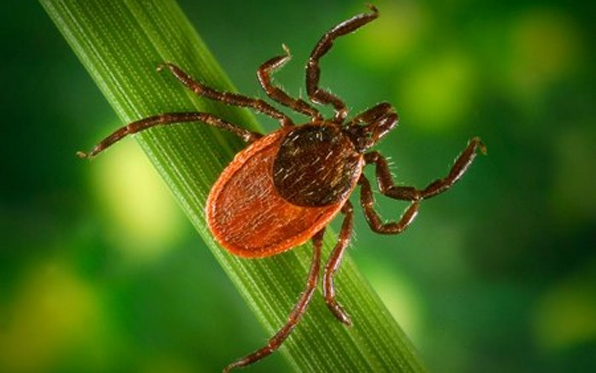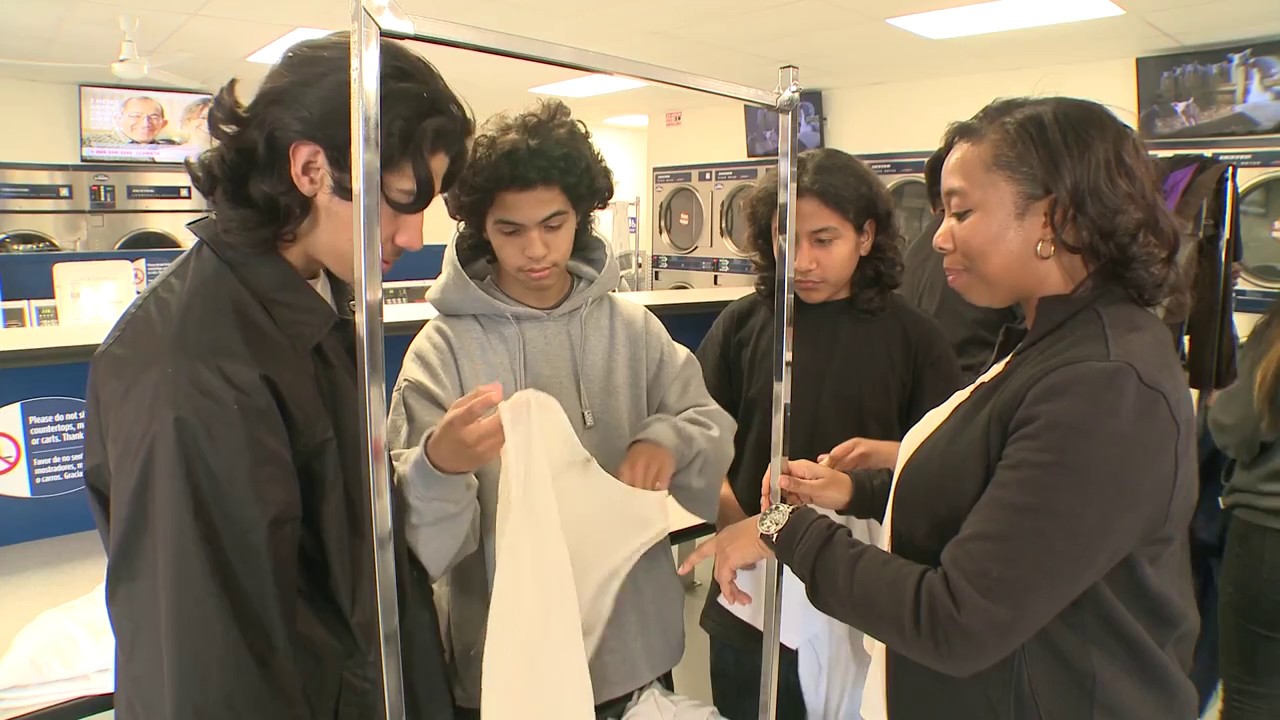Finally! The sun is back and you’ve been itching to get outside for a hike.
Just remember, it’s tick season in San Diego County, and you should protect yourself and your pets if you’re planning to roam into any brushy, grassy, or chapparal-covered areas.
One of the first things people can do to protect themselves and their pets is to wear insect repellent and use flea and tick control products on animals.
Protecting yourself is important because even though tick-borne illnesses are rare in San Diego County, ticks can transmit potentially dangerous diseases including Lyme disease, tularemia – also known as rabbit fever – and spotted-fever illnesses.
Ticks are parasites, related to spiders, scorpions and mites. They have hard, flat external skeletons and they feed on blood. You’re probably not going to run across them in urban or suburban areas, but you can find them — or rather, they can find you — if you like to walk into canyons or backcountry areas.
Ticks “quest” to find hosts by crawling up onto blades of grass or brush, perching and thrusting their hook-like front legs out into the air. When a person or animal brushes by the tick latches on and looks for a place to bite.
Here are six tips to help keep ticks away:
- If you’re hiking or walking in open space or canyon areas, stay on designated pathways. Choose wide trails and walk in the center. Use insect repellent, preferably that contains DEET.
- Avoid grassy or brushy areas and do not handle wild rodents. Wear light-colored long-sleeved clothing. Tuck shirts into pants and pants into socks.
- Frequently check your clothing, body and companions for ticks.
- Leave pets at home or keep them on a leash. If they haven’t already been treated with a tick and flea regimen, use insecticide powders or sprays labeled for tick control.
- When you come back in from being outside, examine your clothes, gear and pets. Ticks can hitchhike into your home on clothes and pets, then attach themselves to a person later.
- If you find a tick attached to you or your pet, don’t panic, but carefully and immediately remove it. Ticks burrow partway into the skin to feed. The National Centers for Disease Control and Prevention (CDC) recommends removing ticks by grabbing them with tweezers as close to the tick’s head as possible and pulling out steadily and firmly.
For more information about ticks go to the County of San Diego Department of Environmental Health’s Tick Web page, and the National Centers for Disease Control and Prevention’s Tick Web page. You can also watch this County News Center TV video, “Tick Talk.”






